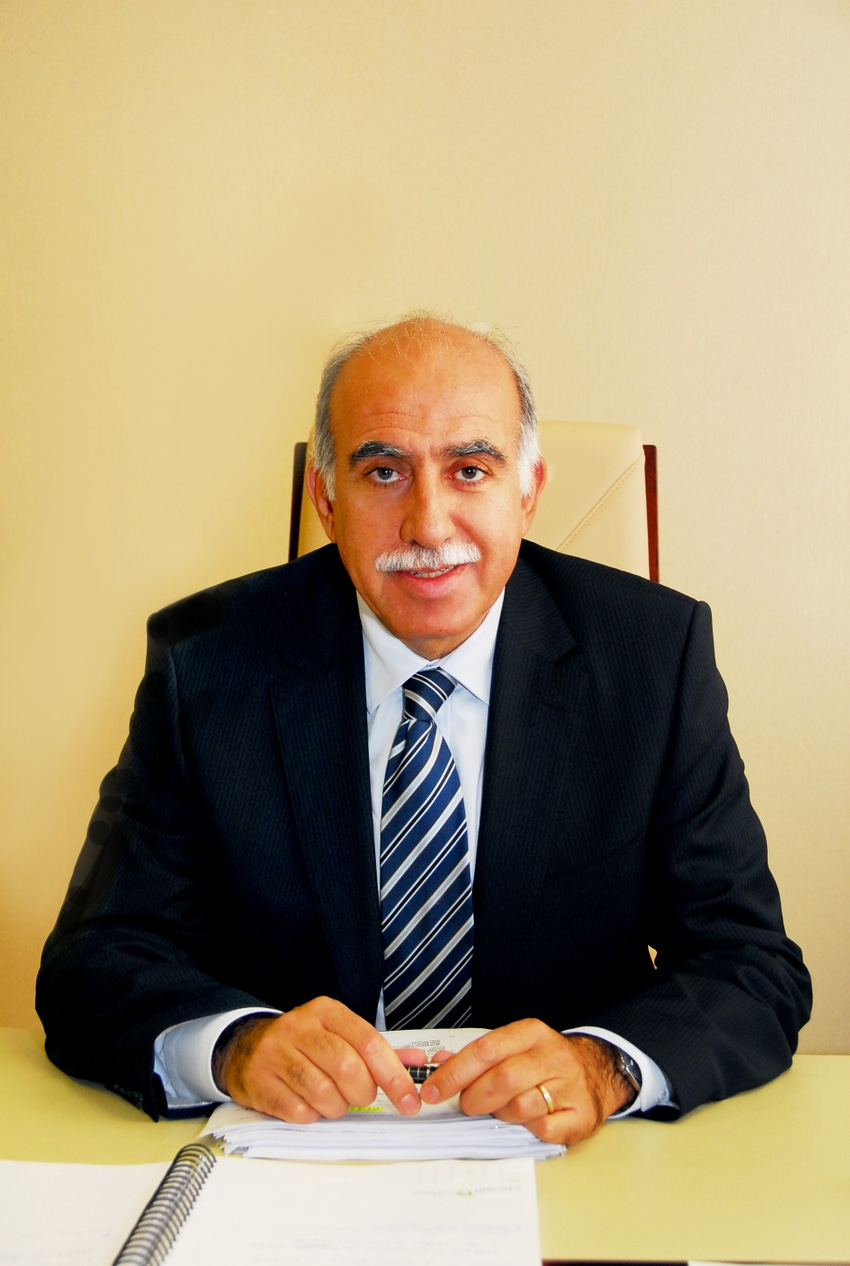Marwan Zawaydeh, chief technology and information officer for UAE carrier Etisalat, is looking to position his firm as the LTE pioneer of the Gulf region. Zawaydeh, who will be presenting a deployment case study at the forthcoming LTE World Summit, speaks to Pamela Weaver about Etisalat’s plans for the technology.
April 12, 2011

Etisalat Will Be One Of The Lte Pioneers Of The Gulf Region
Given the relative youth of the technology, the rush to roll out LTE in the Middle East has been impressive. Etisalat is looking to position itself in the role of pioneer in the region, announcing what it says will be the Middle East’s first and widest commercial LTE network for rollout this year. This comes on the back of an ambitious FttH (fibre to the home) implementation, which to date has seen more than 85 per cent of households in Abu Dhabi switched on; completion of a nationwide network is slated for this year.
For Zawaydeh, the LTE implementation is part of a wider strategy of preparing to meet future data challenges head-on. “Operators must start preparing their networks and upgrades for solutions like LTE to be able to support the applications and services that are expected in the future,” he says. “HSPA+ can support current needs for maybe one more year. But beyond 2012 operators are going to have to be ready with LTE. HSPA+ simply cannot handle the traffic that’s coming.” Zawaydeh says that, rather than wait until the demand hits, Eitsalat’s strategy is one of deploying capacity before it becomes a challenge.
For a while now, the Middle East has looked like a prime location for LTE deployments. The region relies heavily on mobile technologies to meet growing internet and data needs. Global figures indicating a data explosion are just as applicable in the Gulf region as anywhere else; according to Etisalat CT&IO Marwan Zawaydeh the international data market is probably doubling every year and there’s a surging demand for mobile broadband in the UAE. “The smartphone boom has meant that our customers are craving higher speeds and better connectivity,” he says. “Existing 3G and HSPA mobile networks cannot really keep up with this massive growth in data traffic.”
According to Zawaydeh, LTE “provides a real opportunity to offer differentiated services in a very cost-effective way” in the region. While reluctant to go into any detail in terms of the services that Etisalat is planning to offer its subscribers, Zawaydeh says that high-definition mobile TV, real-time gaming and M2M are all services that its LTE network will be capable of supporting. As far as the challenge of carrying voice in the all-IP network is concerned, Etisalat is currently working on its Internet Multimedia Subsystem (IMS) architecture, which is due for deployment around the third quarter of this year. By then, says Zawaydeh, voice testing and trials will be fully underway and will “definitely be running by the end of the year.”
Etisalat’s commercial LTE launch in the UAE builds on a series of what Zawaydeh says were highly successful trials conducted last year. Field trials measuring performance and functionality throughout the network infrastructure were held at Eitsalat’s HQ in Abu Dhabi testing RAN-based LTE base stations, SAE core network, unified network management software and test terminals. Zawaydeh says that Etisalat’s policy of conducting extensive tests with a broad range of vendors enabled it to hit the ground running once a decision had been made on the kit. Etisalat will partner with Huawei and Alcatel-Lucent for the commercial launch, with the latter providing eNodeBs base stations, an all-IP wireless Evolved Packet Core (EPC) and a converged end-to-end network management solution.
Etisalat’s network implementation will start in the 2.6GHz band, dictated to a degree by dongle availability. “In terms of the future of LTE, we won’t realistically be continuing with 2.6GHz,” says Zawaydeh. “I’m sure other operators have different strategies for the spectrum they plan to use, but 2.6GHz isn’t part of Etisalat’s long-term strategy.” According to Zawaydeh, the 700MHz band offers the best spectrum for future expansion and coverage: “2.6GHz is quite limited compared to 700MHz.”
On the spectrum front, Zawaydeh believes that spectrum re-farming and availability could continue to challenge operators for the foreseeable future. Informa analysts have said that the very flexibility of LTE spectrum could be its undoing – there’s a global profusion of deployment options and uncertainty over which options will predominate. In Asia Pacific alone, Informa research points to no fewer than 10 LTE bands, meaning that spectrum fragmentation is likely to remain an issue for the foreseeable future, albeit to varying degrees.
“For us, we’re starting with 2.6GHz because that’s what’s available,” the CTO says. He adds that Etisalat “might consider” using the 1.8Ghz band at some point in the future but that 700MHz is likely to “provide the real coverage for LTE in the future.”
Etisalat’s strategy will see continued investment in and expansion of its HSPA+ networks, with LTE kicking off as hotspots in the main cities. Gradually, this HSPA+ investment will taper off as the telco looks to direct more of its energy and funds to LTE. The final objective, says Zawaydeh, is to have a multi-layer network capable of carrying high data volumes but also of supporting areas in which LTE has not been deployed. “LTE will come to enhance and also to help with offloading the HSPA+ network,” he says. With cellphone penetration rates in excess of 180 per cent in the region, it’s fair to say that any effort to lighten the data load will be welcomed.
Read more about:
DiscussionYou May Also Like






.png?width=300&auto=webp&quality=80&disable=upscale)


_1.jpg?width=300&auto=webp&quality=80&disable=upscale)


.png?width=800&auto=webp&quality=80&disable=upscale)